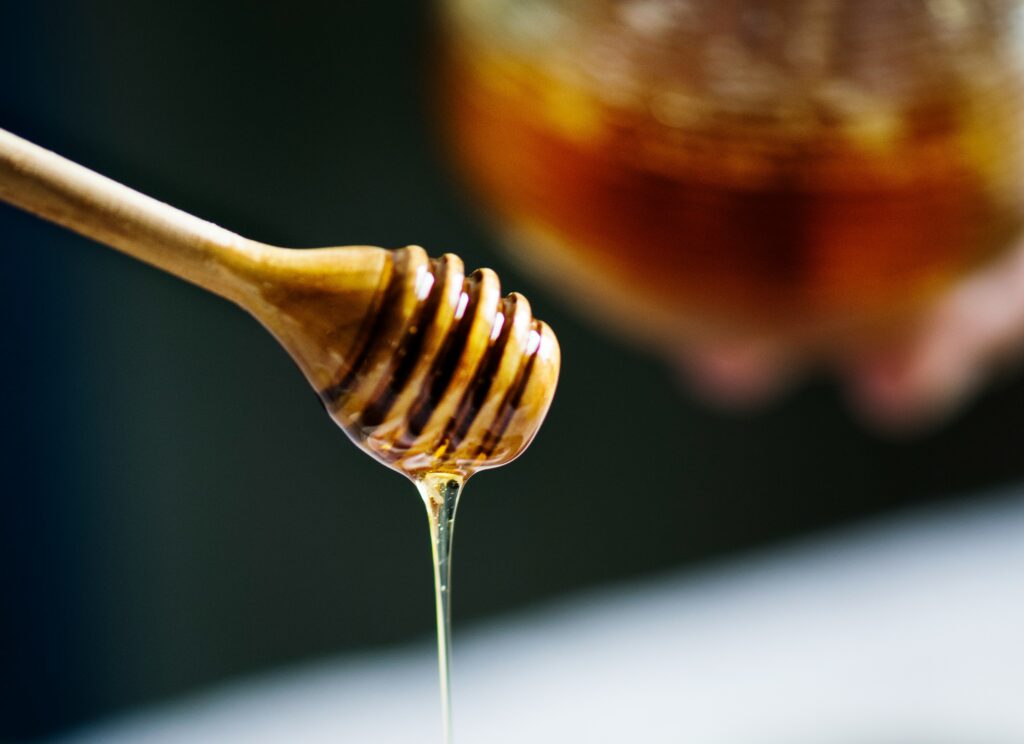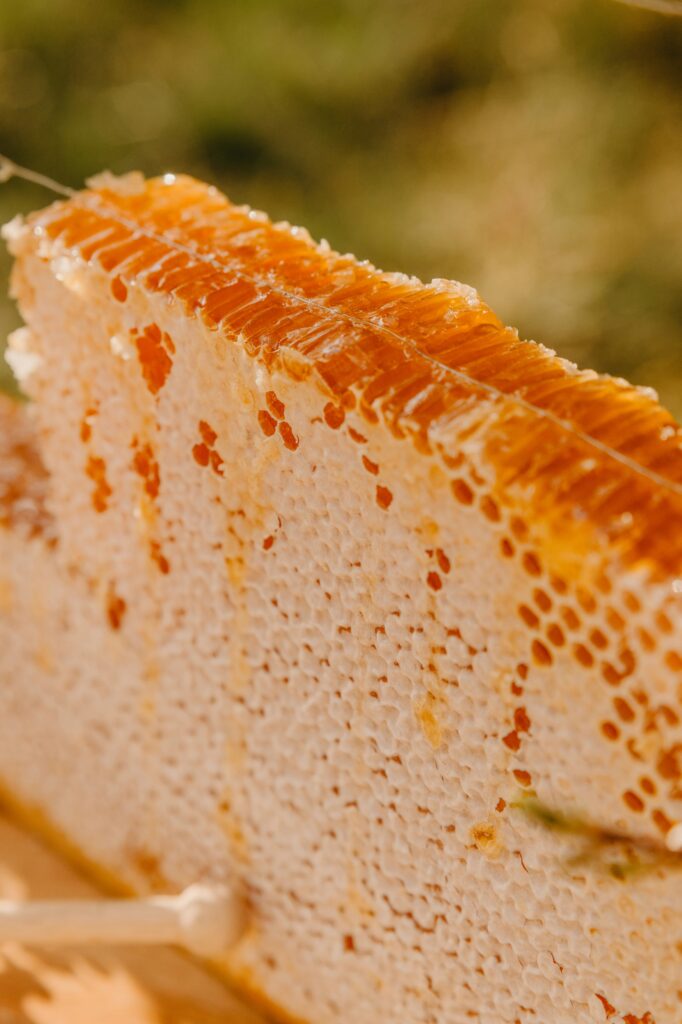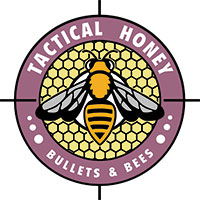Your cart is currently empty!
What You Should Know About Honey
Why Purity Matters
Part 1 of 4: The Honey Integrity Series
This article is part of a four-part series exploring the purity, science, medicinal value, and seasonal harvesting of real honey.
Honey Is One of the Most Adulterated Foods in the World. Here’s How to Spot the Real Thing.
Honey has long been prized for its flavor and healing qualities — but not all honey is what it claims to be. In fact, honey is among the most commonly faked foods on the global market, with cases of food fraud on the rise. According to U.S. FDA testing, roughly one in ten imported “honey” samples were found to contain added sweeteners like rice syrup or high-fructose corn syrup — undermining trust, quality, and health.
And that’s just the beginning.

How Honey Gets Adulterated
Honey fraud can happen both after harvest and inside the hive. Common tactics include:
- Mixing real honey with cheap sugar syrups
- Filtering out all pollen and natural markers through high-pressure ultra-filtration
- Feeding bees sugar water to stimulate production, creating unnatural “honey”
- Using hive treatments that introduce contaminants into the final product
These practices stretch profits for the producer but in the long run it comes at a major cost to the consumer because the processing strips the honey of enzymes, flavor, and integrity and makes it devoid of any nutrition or medicinal value.
Imported Honey: Low Oversight, Big Risks
Most supermarket honey is imported, often from countries with minimal quality regulation. These products may contain:
- Heavy metals
- Residues from treatments
- Cheaper sweeteners
- No traceable pollen
Ultra-filtered honey may look golden and clean, but it’s chemically hollow. Even the FDA warns that honey with no pollen may not qualify as “real honey” at all.
Purity Isn’t Just About Taste — It Affects the Bees Too
Industrial beekeeping often involves chemical hive treatments and artificial stimulation. While these practices may increase short-term yield, they compromise bee health and contaminate the honey itself. Studies show that bees under stress are more susceptible to disease, and hive treatments — even those labeled “organic” — can leave harmful residues behind.

As we explore throughout The Honey Integrity Series, real honey is a product of real ecological harmony.
How We Keep Our Honey Honest
At Tactical Honey, we take a radically different approach:
- No chemical treatments — not even “organic” ones
- No ultra-filtration — just simple crush-and-strain
- No outsourcing — every jar is harvested from our own hives in Central Texas
This produces raw, unfiltered honey that retains all its natural pollen, flavor, and healing power. It’s a slower process with smaller yields, but the result is real honey — not a cheap imitation.
To see what makes our honey different, keep reading in The Science of Honey.
Explore the full series:
• Part 1: What You Should Know About Honey & Why Purity Matters
• Part 2: The Science of Honey: Why Local, Raw Honey Is Better
• Part 3: Medicinal Honey: Nature’s Original Remedy
• Part 4: When Can We Harvest Honey? A Seasonal Guide for Central Texas
